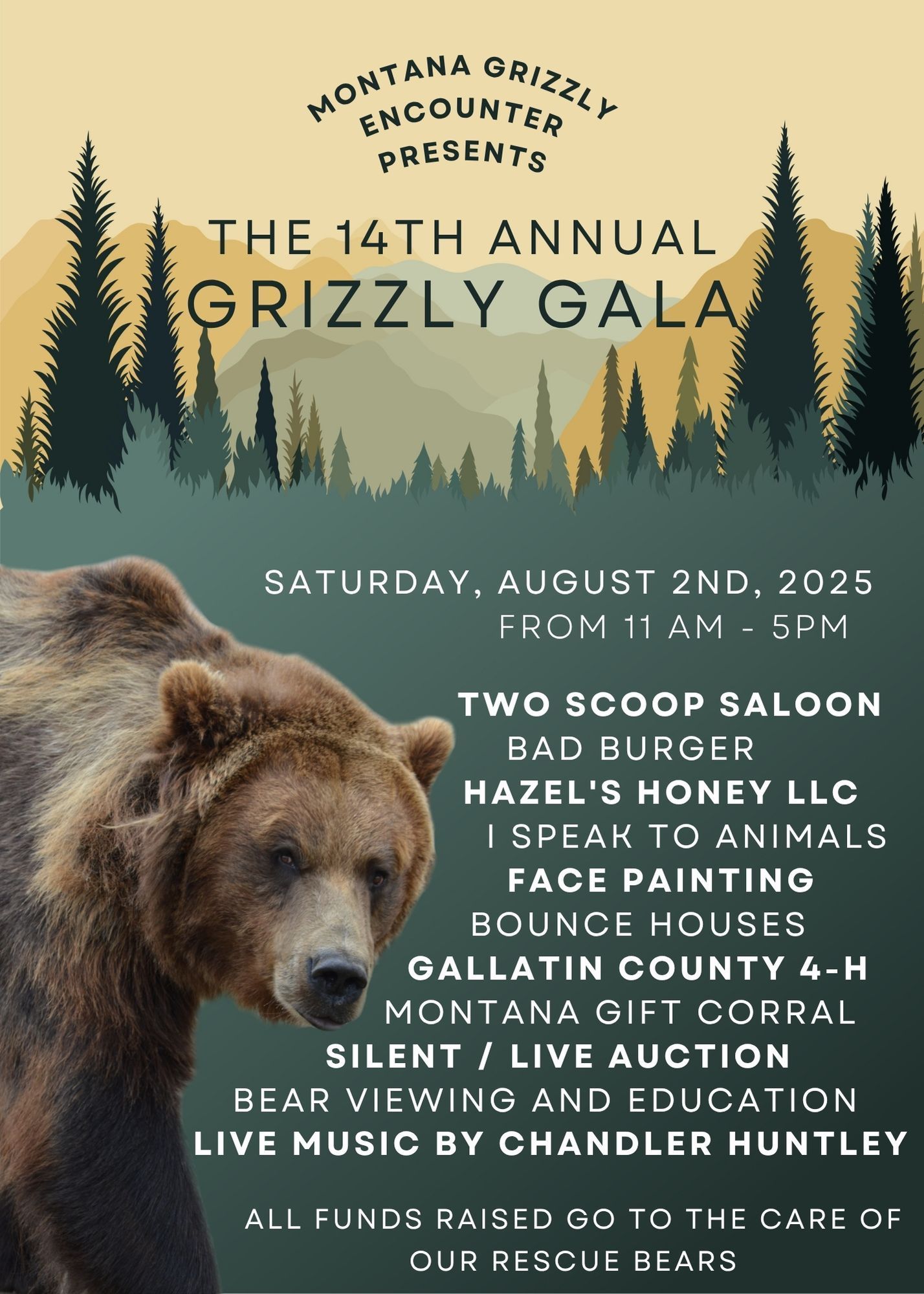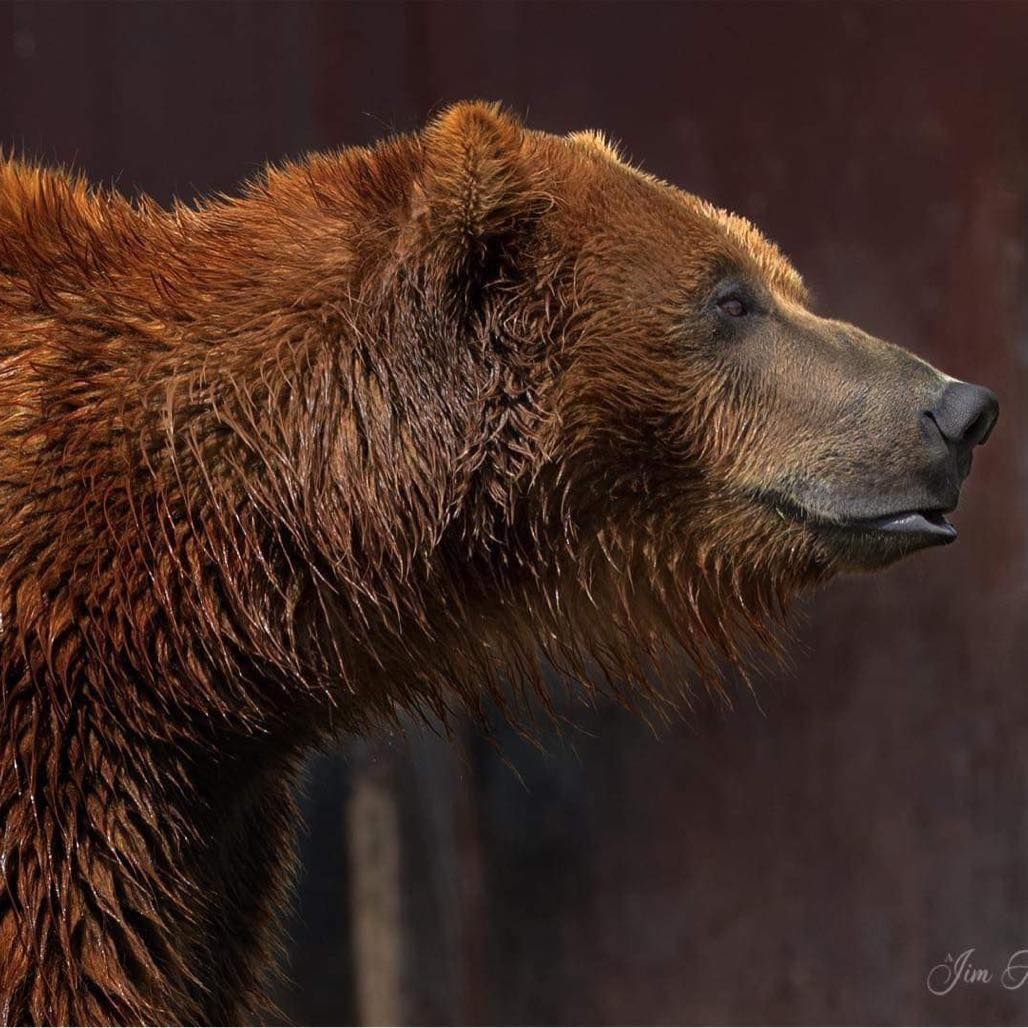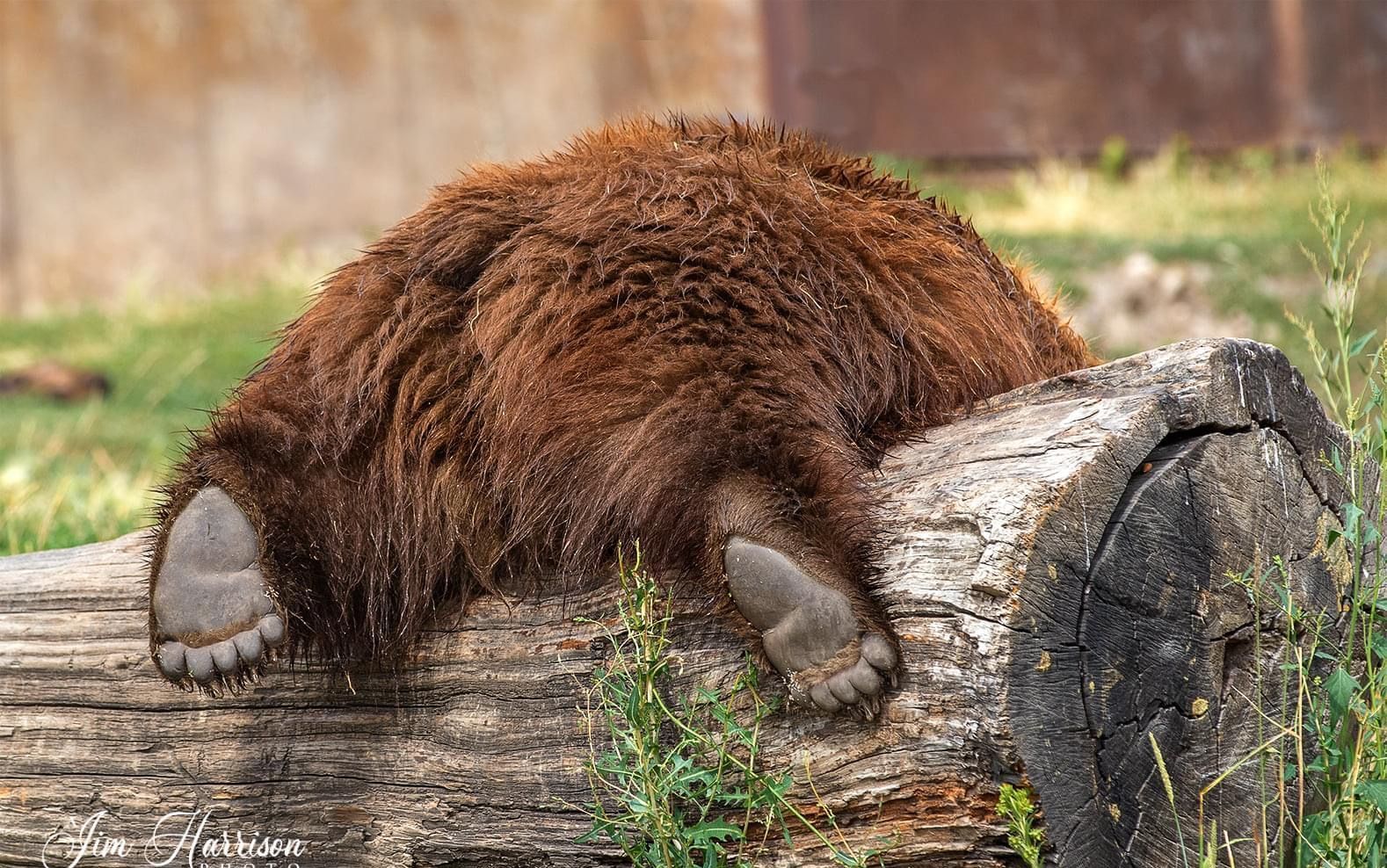2025 OctoBEAR Fest
Montana Grizzly Encounter
A Privately Owned Grizzly Bear Rescue & Education Sanctuary
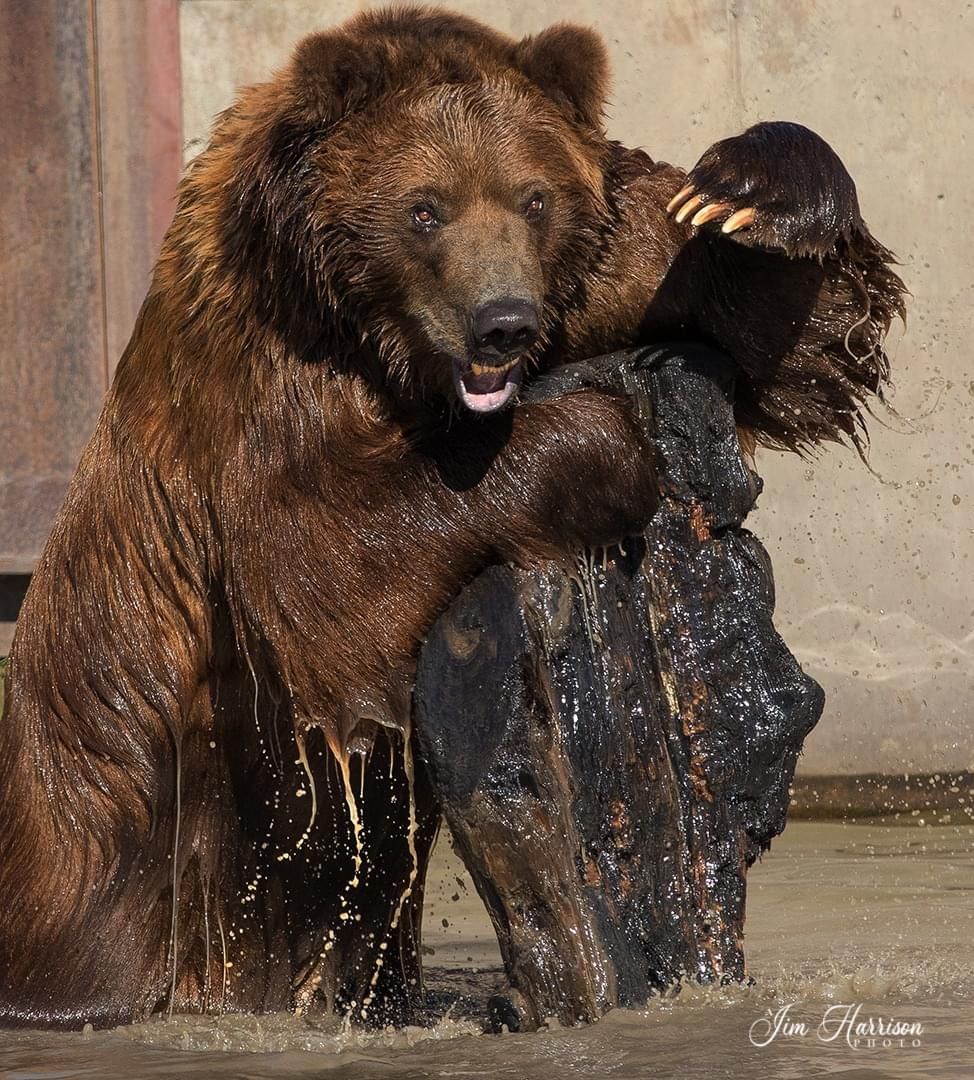
Admission Rates and Special Offers
Experience the wonder of grizzly bears at an affordable rate. Our pricing structure accommodates visitors of all ages:
- Adults (15 and older): $13.50
- Seniors (65+): $12.50
- Children (5-14 years old): $11.50
- Children 4 years old & under are Free
- Military Discount: $2 off with a valid ID
- Passes are good for two consecutive days!
For those who can't get enough of our grizzly friends, season passes are available, offering unlimited visits to the sanctuary for a full year. Every purchase contributes to the care of our rescued grizzlies and supports our educational mission.
School groups are warmly welcomed for an immersive educational experience, free of charge. Please contact us to schedule your visit. Support conservation education by joining us at the Montana Grizzly Encounter!
Hello!
Welcome to Montana Grizzly Encounter, a Grizzly Bear Rescue and Education Sanctuary in Bozeman, founded in 2004. Our sanctuary provides rescued grizzlies with a natural and spacious home, emphasizing their health and well-being. Visitors can observe these majestic creatures up close in a beautiful mountain setting, free of cars or cages.
Specializing in grizzly bear rescue, we offer a haven for bears born into unfortunate captive situations or orphaned in the wild. Beyond rescue, we are committed to educating the public, welcoming school groups free of charge. Thousands of children annually learn about grizzly bear safety and conservation, contributing to our mission.
Plan your visit today and be part of the extraordinary journey of conservation and learning at Montana Grizzly Encounter.
What to Expect
After stopping by our ticket booth you'll proceed to our parking lot and then make your way to Grizzly Gifts, the entrance to our viewing area. Along the way, you'll pass by the habitat of our friendly Nigerian Dwarf Goats, who eagerly await interaction with visitors, offering opportunities for petting or feeding tall grass.
Upon reaching the gift shop, you'll receive another warm welcome and directions to the viewing area. Entering the viewing area, you'll observe one of our rescue bears enjoying their time in the habitat. In the wild, bears are typically solitary creatures, except during mother-cub relationships or when food is plentiful. We currently house three bears of varying ages and sizes, each with their own unique personality. To accommodate their individual preferences, we rotate them throughout the day, allowing them to set their own schedule. When not outside, they enjoy comfortable indoor dens equipped with climate control, running water, toys, and other enrichment activities.
Throughout your visit, a dedicated staff member will be present in the viewing area to provide education on the origins and needs of our rescue bears, bear safety protocols, and general bear knowledge. Additionally, Keeper Talks are scheduled every hour on the half hour, typically lasting approximately 35-45 minutes.
Before you leave, be sure to stop by our gift shops, where all profits contribute directly to the well-being of our rescue bears. Your support helps us continue our vital mission of providing a safe haven for these magnificent creatures.
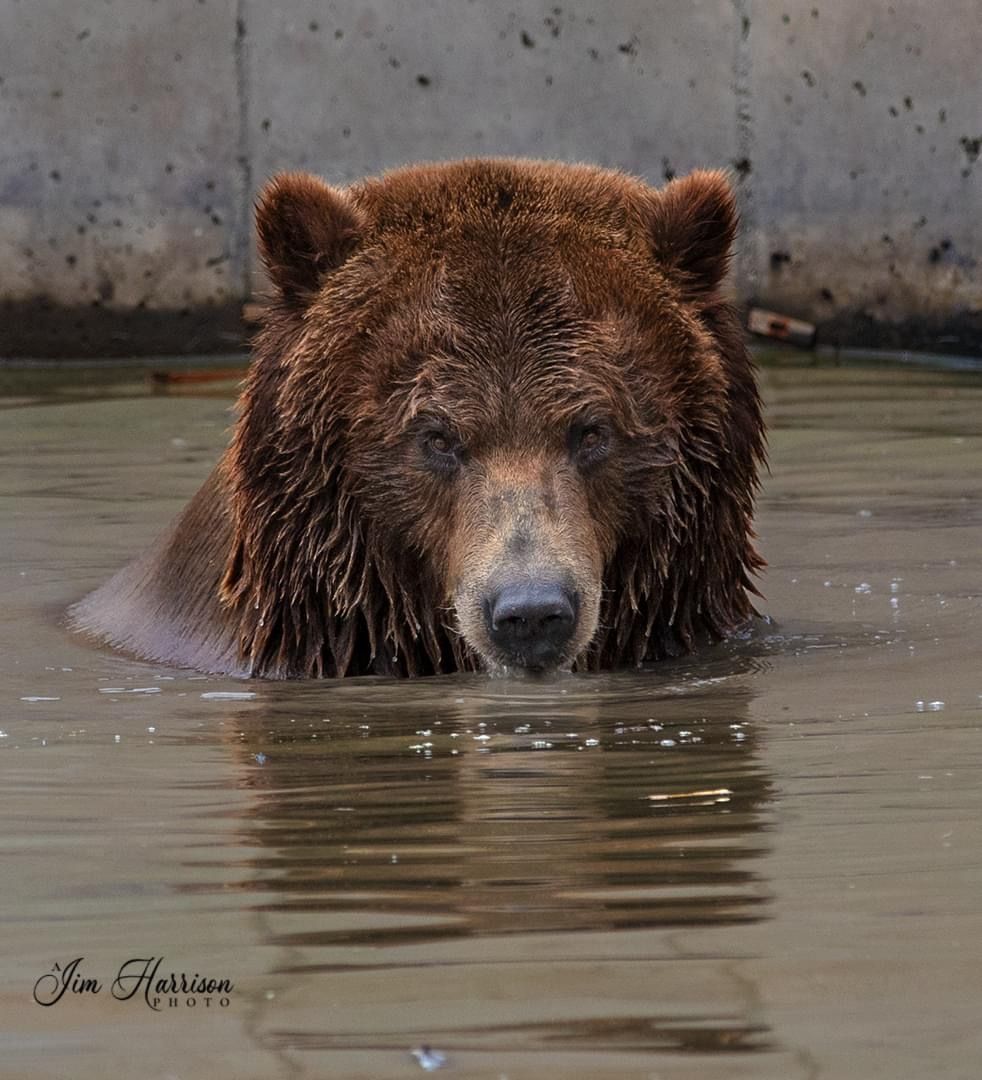
Visiting Hours at
Montana Grizzly Encounter
Montana Grizzly Encounter welcomes you to learn at our sanctuary during various seasons. Our opening hours are tailored to provide the best experience.
- Spring (March 1st): 10 a.m.–5 p.m., Wednesday–Sunday
- Summer (June 1st): 10 a.m.–6 p.m., Wednesday–Monday
- Fall (September 1st): 10 a.m.–5 p.m., Thursday–Monday
- Winter (November 1st): 10 a.m.–4 p.m., Thursday–Sunday
- All hours are weather permitting.
Each visit offers a unique perspective on grizzly bear behavior and conservation. Don't miss the opportunity to connect with nature and learn about these magnificent creatures. Plan your visit now and be a part of our mission!
Don't Wait...
Get Your Tickets Now!
General admission tickets and season passes are available!
Inspiring Visitor Testimonial
Discover the impact we've made through the words of our visitors. Read their reviews to see how a visit to our sanctuary can be a life-changing experience.
Shop Grizzly Souvenirs
Grizzly Gifts offers an array of exclusive merchandise, perfect for commemorating your visit to our sanctuary. Our collection ranges from stylish t-shirts to elegant jewelry. Sip your favorite beverage from our beautifully designed mugs and glasses, each item reminding you of the unforgettable experience with our grizzlies. Every purchase, from practical apparel to charming accessories, supports our mission of rescue and conservation. Explore
Grizzly Gifts for a special memento or a thoughtful gift.
Frequently Asked Questions
Appreciating Our Supporters
Montana Grizzly Encounter would like to thank those who have and continue to support us by asking you to support them.
Send us a Message
Please feel free to submit any comments or questions you have; we welcome your feedback and inquiries.

